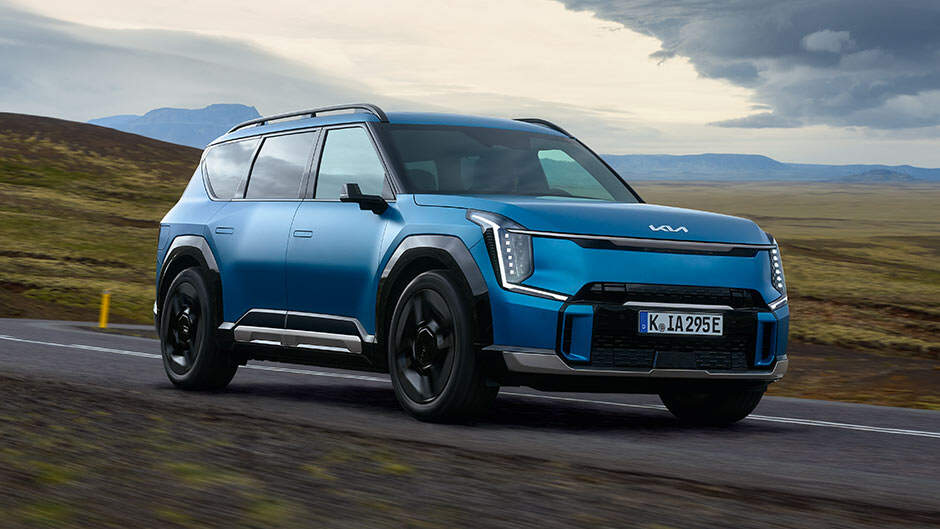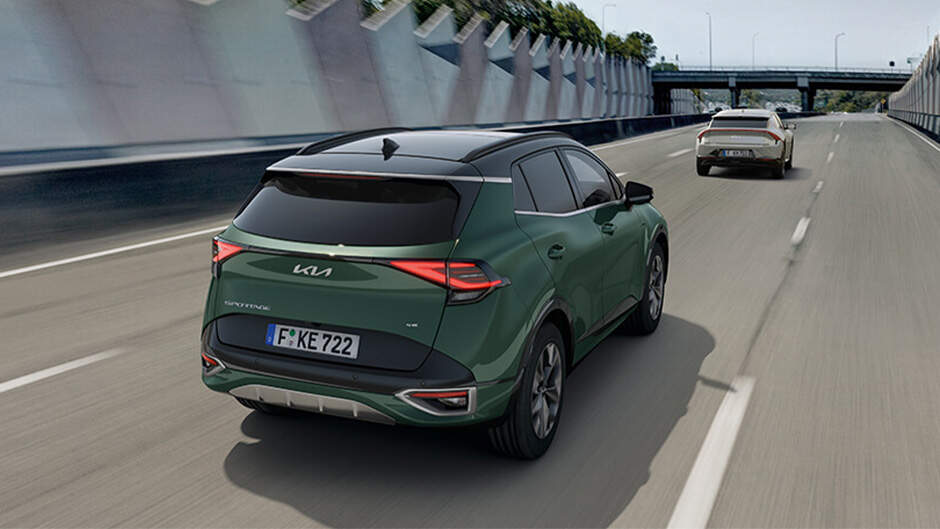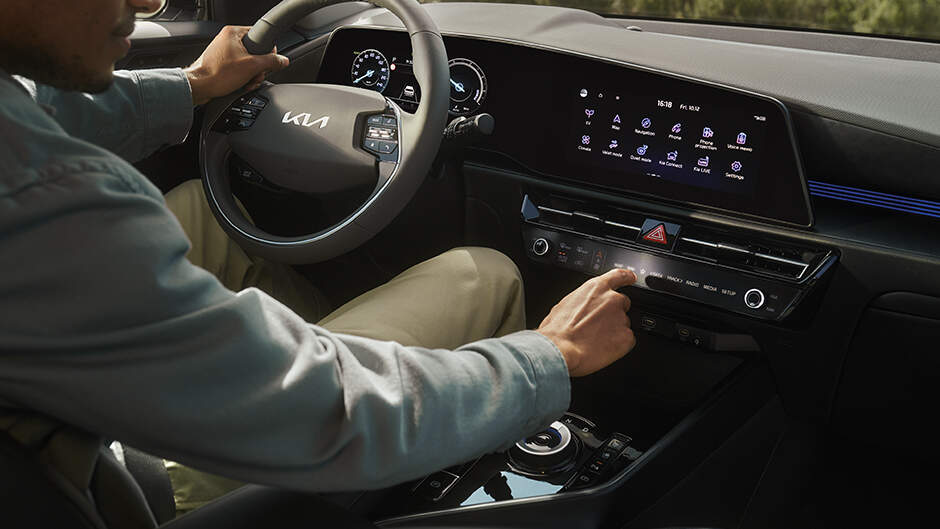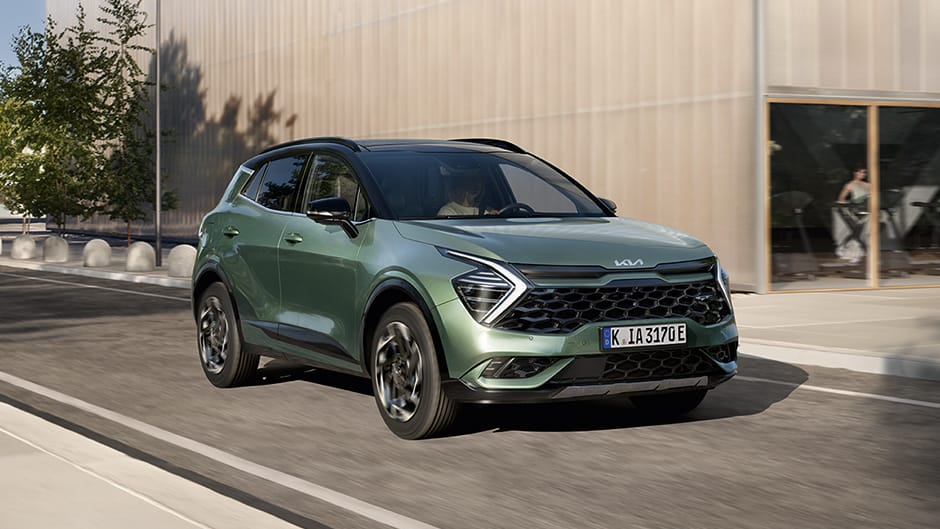Driving in Fog

Driving in Fog
The winter season is upon us, and while this bring crisp mornings and cosy evenings, it also comes with challenges for drivers. As most UK drivers will be all too familiar with, the winter months often mean cold temperatures and adverse weather conditions, like mist and fog. With heavy mists causing poor visibility, navigating foggy weather can be difficult and potentially dangerous.
So, as winter approaches and the weather starts to turn, it’s important to be aware of how fog can impact road safety and how we should be adapting our driving practices accordingly. To ensure you’re staying safe on the roads, we’ve put together a comprehensive guide on how to drive safely in foggy weather.

What are fog lights and does my car have them?
The most dangerous thing about driving in fog is the reduced visibility. Not only does driving in foggy conditions reduce your visibility of the road, but it also impedes how well other road users can see you. Therefore, one of the most important ways to keep safe is knowing how and when to use front and/or rear fog lights.
As the name suggests, car fog lights are designed to aid drivers in conditions that create poor visibility and to make cars more visible to other drivers. In the UK, it’s a legal requirement that all cars must be fitted with at least one rear fog light. Some cars will also be fitted with front fog lights, but it’s common for modern cars to use daytime running lights instead, which come on automatically when you start the engine.
Rear fog lights are red, just like your brake lights. They use a bright bulb to cut through fog and mist, helping other drivers see you. As rear fog lights are compulsory, every vehicle has them.
If you have front fog lights, you will find them mounted lower than your headlights. They will shine downwards to illuminate the road ahead and avoid creating glare from the fog.

When to use fog lights
Knowing when to use fog lights is essential to staying safe in misty and foggy weather. According to The Highway Code
, you should use headlights when the visibility drops below 100m. Be careful to turn your fog lights on only when visibility is severely reduced and below 100m.
The best way to decide when you should use fog lights is to use common sense. When you’re driving in thick fog and your headlights aren’t doing a good job of illuminating the road, it’s probably best to turn on your fog lights.
A key point to keep in mind is that turning your fog lights on when they’re not needed can be just as dangerous as driving in thick fog and extremely poor visibility without them. As these lights use much brighter bulbs, turning them on in clear weather could blind or dazzle drivers behind you and obscure your brake lights. So, if you’re driving in misty or overcast weather but your headlights are still providing sufficient visibility, there’s no need to use fog lights.
The Highway Code also specifies that you must always remember to turn off your fog lights once visibility improves. Using fog lights incorrectly could incur a driving fine, or, in the case of an accident, invalidate your insurance.

How to turn on fog lights
How to turn on your fog lights may depend on your car and model, but there will usually be a switch or button on the dashboard or steering wheel. Look out for the rear fog light symbol, which shows an oval-shaped lamp with a wavy vertical line intersected by three straight, horizontal lines.
If you have front fog lights, you’ll also have a button to activate these. You can identify this by the front fog light symbol, which is the same as the rear symbol but reversed so the lamp is on the right.
If a bulb has gone in your fog lights, you should be alerted via a car warning light on your dashboard. This will look the same as the symbols described above.
Driving safely in poor visibility
Beyond using fog lights correctly, there are more general driving practices you should follow when driving in fog, including what you should check before you set off. These include:
1. Check your car – Before you set off on a journey in misty weather, you should have a quick check that key components like your lights, windscreen wipers and demisters are working properly.
2. Use fog lights – If you’re driving in thick fog and your headlights aren’t providing enough visibility, turn on your fog lights. Make sure you follow the guidelines outlined above on when to use fog lights.
3. Don’t use high beams –When faced with thick fog or swirling mists, it can be easy to think that using your high beams will improve visibility. This isn’t the case, as the fog will reflect the light from your high beam, making the glare worse and reducing visibility even further.
4. Drive slowly – When driving in fog, poor visibility makes it harder to spot and react to hazards, so be sure to slow your speed. Fog can also give the impression you’re driving slower than you are, so be sure to check your speedometer to confirm how fast you’re driving.
5. Maintain space – Poor visibility can often cause longer reaction times. When driving in fog, you should keep well back from the car ahead to give yourself more time to react and avoid a possible collision. Increase your braking distance and avoid tailing other cars for their rear lights.
6. Make the most of safety assists – If your car is equipped with smart safety systems, you can often use these during adverse weather conditions. Kia cars have a range of Driver Assistance Technologies
, such as Forward Collision Avoidance Assist and intelligent lighting solutions, that will help you feel comfortable and confident when driving in fog.
7. Avoid driving entirely if it’s too foggy – If the weather outside is severely foggy and your journey isn’t necessary, it’s best to avoid driving altogether. You should also be aware that fog can worsen, so if you’re out driving and the fog becomes too thick, pull over safely and wait for visibility to improve.
Cold temperatures and winter weather can take their toll on our cars, so it’s best to make sure you’re fully equipped for the upcoming months. When it comes to winterproofing your car, there’s no better place to start than Kia.
The Kia Sportage
has been previously praised as one of the UK’s best winter cars
, so you can be sure that our safety technologies and comfort features will keep you safe (and warm) this season. Embrace the cold weather and read our article to find out more about how to get your Kia ready for winter
.

Images shown are for illustration purposes only and may not be to full UK specification. Features shown are not standard across the Kia model range and availability will vary dependant on model.

